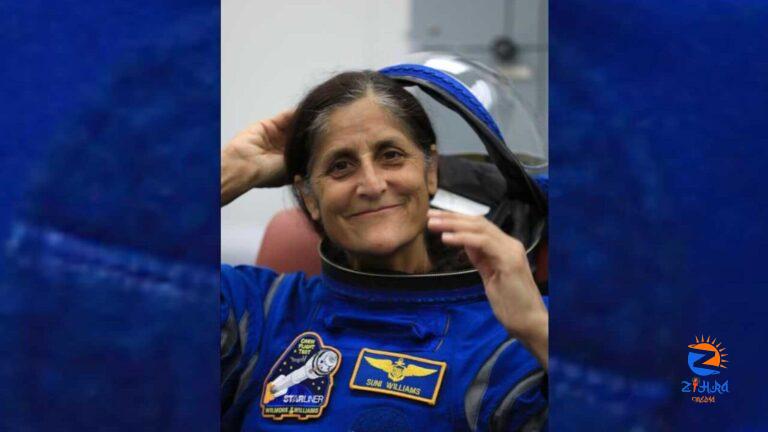
[ad_1]
August 6, 2024, marks exactly two months since Boeing’s Starliner spacecraft, carrying Indian-American astronaut Sunita Williams to the International Space Station, docked there. Sunita Williams, along with NASA astronaut Butch Wilmore, scripted history in June as they became the first members aboard Starliner to the ISS.
The spacecraft was launched on June 5 and reached the ISS on June 6. It was reportedly supposed to return by June 14. However, thruster anomalies and helium leaks in the spacecraft have delayed the Starliner’s return to Earth. NASA and Boeing have not confirmed any return date yet.
It has been said that officials in space and on the ground continue to conduct tests and studies to find the root cause of the problems in Starliner and ensure the safe return of the two astronauts on the Boeing spacecraft.
“It was a test flight [NASA’s Boeing Crew Flight Test] and we were expecting some findings which could be used to improve the next flight,” Sunita Williams had said on July 10.
“As always, astronaut safety remains the top priority for both NASA and Boeing,” NASA said in its statement on August 1.
This was Boeing’s second flight to the ISS and third Starliner flight test overall. But this crew flight test was the first launch with astronauts of the Boeing spacecraft and United Launch Alliance Atlas V rocket to the ISS as part of the agency’s Commercial Crew Program.
Is Starliner healthy now?
Boeing said in a statement that extensive testing of Starliner’s propulsion system has been conducted. The aerospace company ensured that Starliner’s propulsion system “maintains redundancy and the helium levels remain stable”.
Boeing informed that the testing “has confirmed 27 of 28 RCS thrusters are healthy and back to full operational capability”.
As authorities take time to find the root cause of the anomalies in Starliner, Boeing said, “The data also supports root cause assessments for the helium and thruster issues and flight rationale for Starliner and its crew’s return to Earth.”
NASA officials had earlier said that the propulsion system is highly redundant on each other. “So if there was an issue in any one of the thrusters, the redundance will take over and bring us safely home,” he added.
Starliner’s propulsion system is part of the spacecraft’s “service module”. The problems centre on this system, which is needed to back the Starliner capsule away from the ISS and position it to dive through Earth’s atmosphere. Many of Starliner’s thrusters had overheated when fired, and the leaks of helium – used to pressurise the thrusters – appear to be connected to how frequently they are used.
The thrusters are needed to guide the Starliner spacecraft into position for reentry and also to slow the capsule to a proper speed before the service module separates. It is after this stage that the capsule takes that final plunge. To recap, the mission was delayed because at least one of the 28 thrusters was malfunctioning.
19 tests conducted
Boeing and NASA conducted as many as 19 tests of Starliner’s propulsion system. These include “roughly 1,00,000 computer model simulations representing potential variables and conditions Starliner could experience during undocking, the deorbit burn and landing”.
Seven ground tests of a Reaction Control System (RCS) thruster, pulled from the Starliner-1 Service Module, were conducted. There was one “free-flight hot fire” test and two docked hot fire tests. Besides, helium leak rate data was also measured.
When a hot fire test of the Starliner spacecraft’s reaction control system jets was conducted on July 27, “the teams verified [that] Starliner continues to show the margin needed to support a return trip from the station.”
NASA said on July 30 that the ground teams are working to finalise Starliner’s return to Earth.
[ad_2]